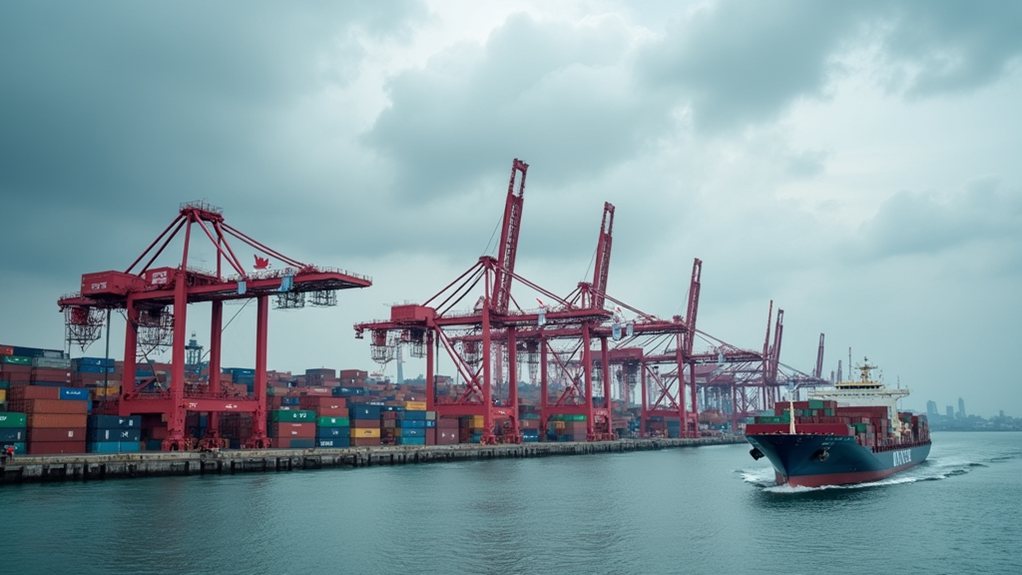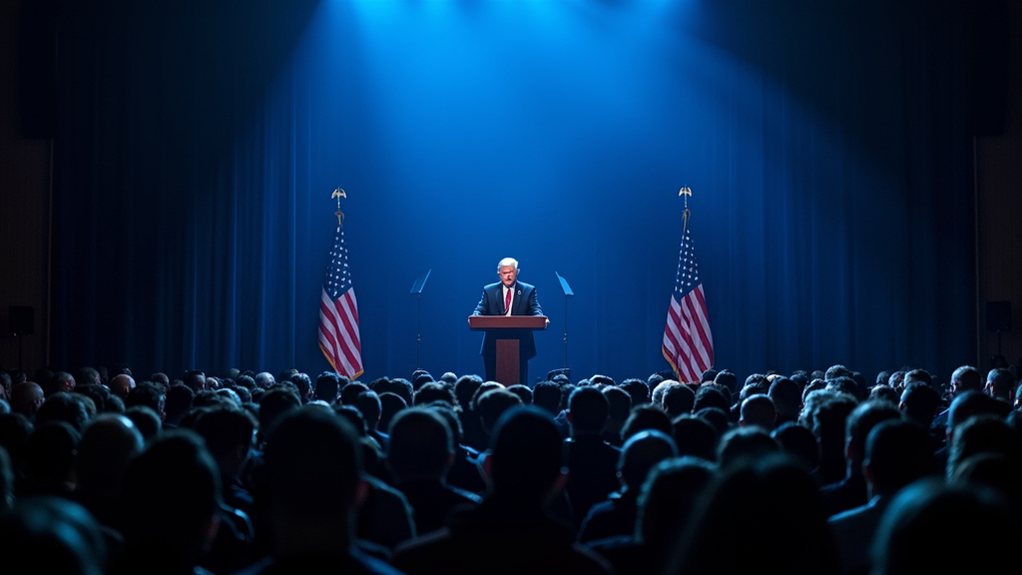When President Trump introduced new tariffs, he sparked significant changes in the global economy. His administration imposed a 25% tariff on imports from Canada and Mexico, and an additional 10% tariff on goods from China. These tariffs affected over $900 billion in imports and aimed to protect American industries. However, they also led to a series of economic consequences, both at home and abroad.
The impact on the U.S. economy was noticeable. Experts estimated that the tariffs could reduce U.S. GDP growth by 0.25%. This decline might result in a loss of $45 to $75 billion in economic output. Furthermore, job losses in the U.S. could reach between 177,000 and 400,000. Workers might also see a drop in wages, estimated between 0.2% and 0.5%. An estimated loss of 223,000 full-time equivalent jobs due to tariffs highlights the broad impact on the labor market. Additionally, the uncertainty introduced by tariffs has led firms to defer investments until trade conditions are clarified.
The tariffs could decrease U.S. GDP growth by 0.25%, leading to significant job losses and wage declines.
On the brighter side, the tariffs were expected to generate an additional $100 billion in federal tax revenue each year.
Some sectors faced harsher challenges than others. The automotive industry saw price increases of up to $3,000 per vehicle. The energy sector experienced a gas price surge, with costs rising by 50 cents per gallon in the Midwest. Meanwhile, agriculture exports plummeted by 75% during the previous trade war. The retail sector was also affected, as companies began passing increased costs onto consumers.
Globally, the consequences were equally significant. A 0.5% decline in world GDP was projected. Canada and Mexico faced economic shrinkage between 1.15% and 3%. Job losses in Canada could reach 278,000, while Mexico might see 1.4 million job losses. China's economy also contracted by 1.3%.
Countries like Canada and Mexico retaliated with their own tariffs on U.S. goods, raising the stakes of a potential trade war. The long-term strategy of these tariffs may reshape global supply chains and affect the trust that other nations have in U.S. trade commitments.
The debate over the effectiveness of these tariffs continues, as supporters and critics voice their opinions on the economic costs and benefits.








